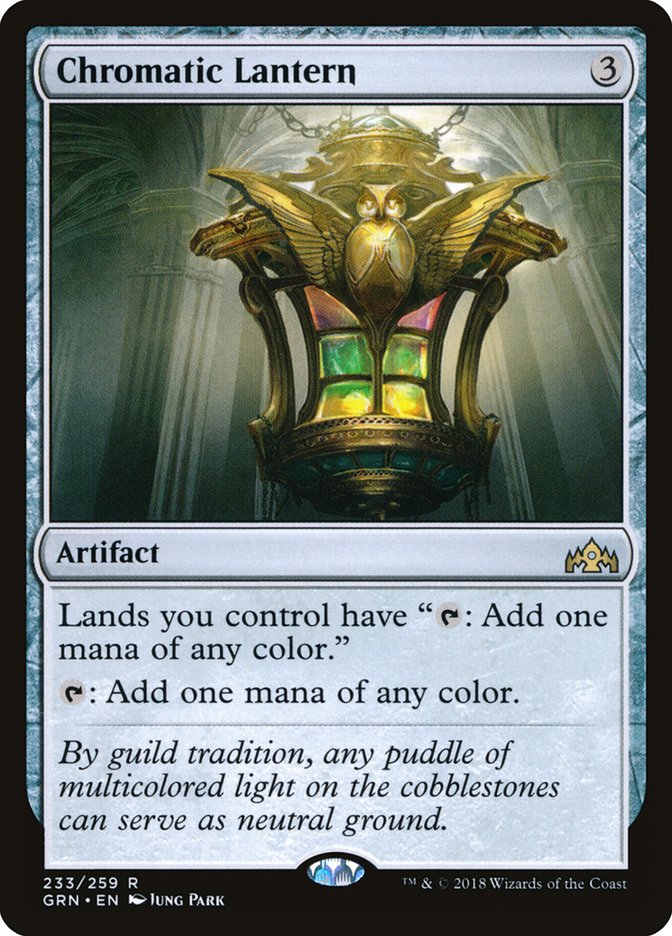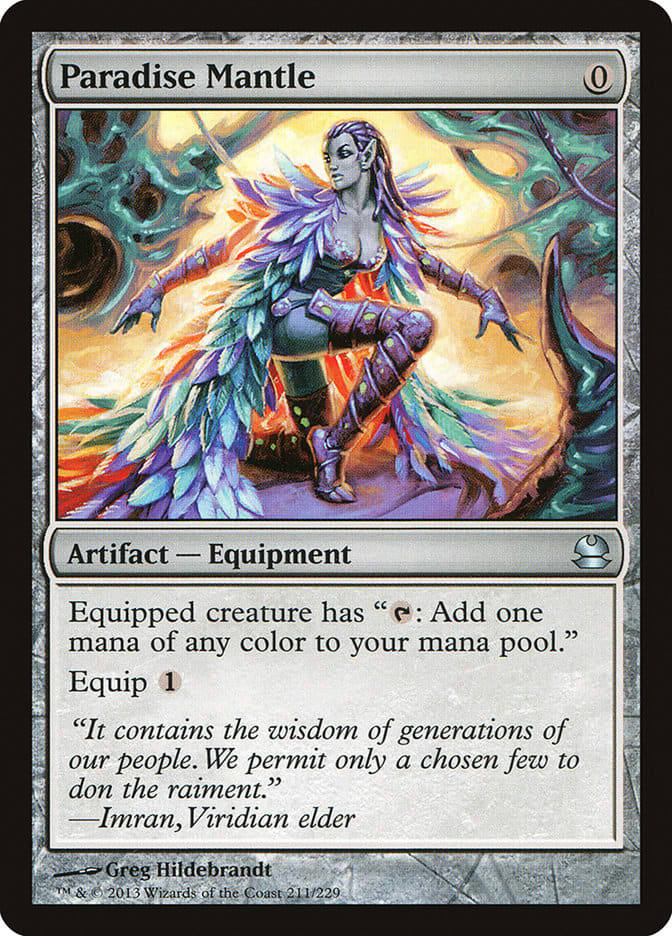
Mana Potential can be much higher than the number of lands you have if you have many lands that produce more than one mana, such as the Urzatron, or the common bounce duals from Ravnica. So, in a deck with sixteen basic lands, four fetchlands, four Birds of Paradise, and two Boros Signets we would have a mana potential of 16+4+2 = 22. Simply add up how much mana each land in your deck can produce, then add up how much mana creatures in your deck can produce, then add up how much mana artifacts, enchantments, instants, and sorceries can produce in one turn. Mana Potential is pretty easy to calculate. The first term we're going to explore is Mana Potential.
TWOBIRD MANA MTG HOW TO
To help you, dear reader, understand how to build a better manabase, I'm going to introduce several terms and figures you can use to improve your ability to draw mana of the correct colors early, but not late. The source of both decks' mana problems and solutions for them will be explored during the course of this article. More recently, at PT Honolulu, whether or not a Zoo deck won was often decided by whether or not its mana worked out.īoros Deck Wins and Zoo are arguably the two "best" aggro decks in Extended and Standard, but only if their mana works out. This article will explain both why that is true and how to solve the problem.

This is because the players intuitively realized the deck was too mana heavy, but didn't really understand why or how to fix it.
TWOBIRD MANA MTG PRO
You may recall that, at Pro Tour: LA, BDW took lands out of the deck during sideboarding against 'Tog. Boros Deck Wins' poor performance at Worlds could have been predicted (and somewhat prevented) by a careful analysis of its manabase using these metrics. Even if you don't make the common one or two tweaks to a build, you still need to be able to objectively analyze the theoretical performance of the deck in question. If you netdeck, this is still a very important topic for you. The key is to note that it won't win you too many games, either. The general rules of thumb – twenty-four lands and enough fixing to support all your colors – can leave you with a fairly effective manabase that won't lose you too many games. When building any deck for Magic, the single most important decisions you can make are often among the least considered – namely, your mana base's design and draw frequency. Whether you're a dedicated Netdecker or regular Rogue, this article will teach you how to avoid experiencing any of these any more than is absolutely necessary as dictated by the laws of probability.

The single most common reason people lose games in Magic is because of mana issues, be it mana flood, mana screw, or color screw. Fixing your mana in Limited formats has already been covered in far greater depth and accuracy than anything I could do by many other writers. The Eternal Formats (Vintage and Legacy) have vastly different theories and rules for mana construction due to the presence of cards such as Wasteland, Strip Mine, the Power Nine, and the original duals. Author's Preface Note: This work is primarily intended to be utilized in conjunction with Standard, Extended, and Block Constructed formats.


 0 kommentar(er)
0 kommentar(er)
